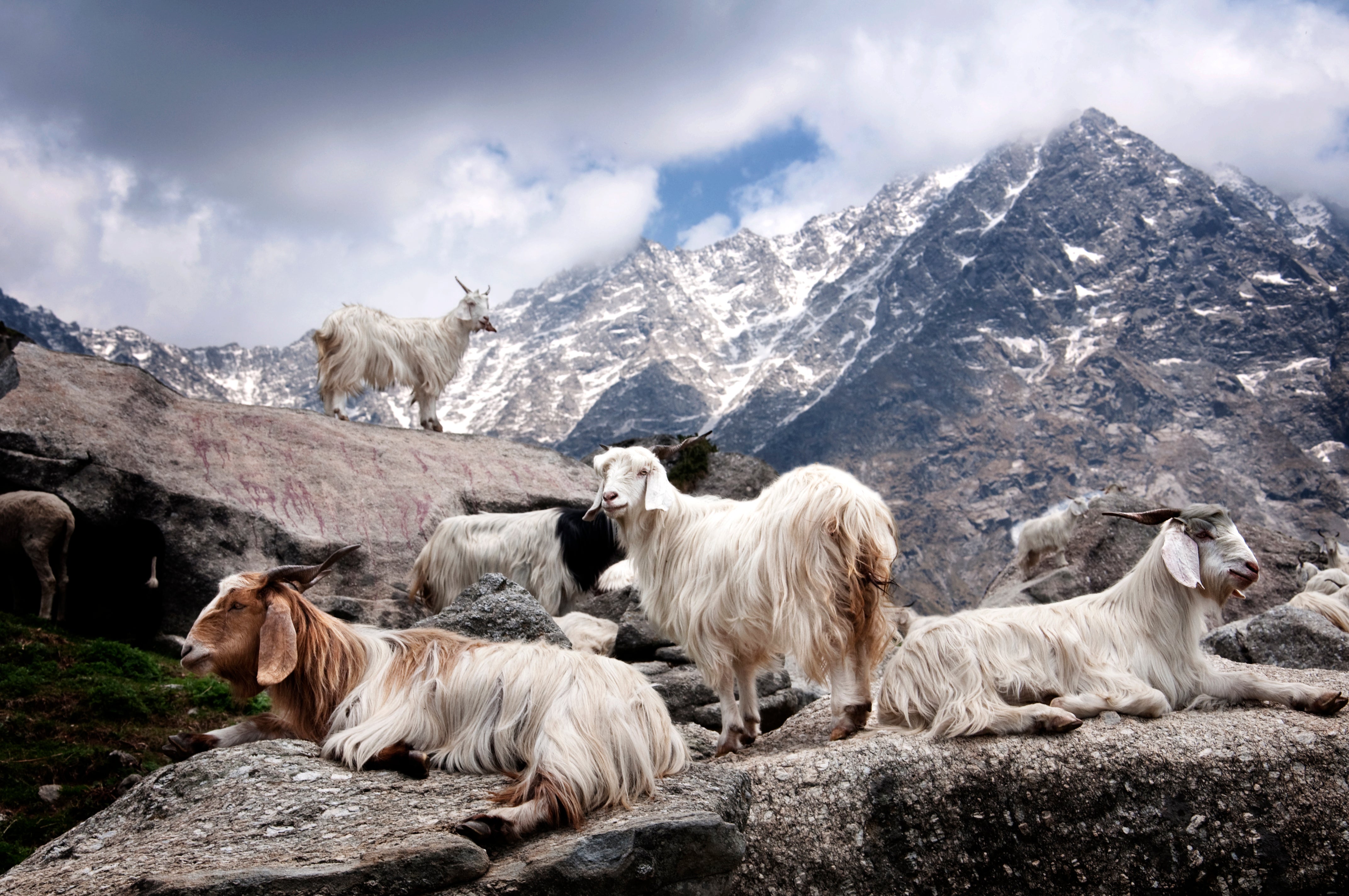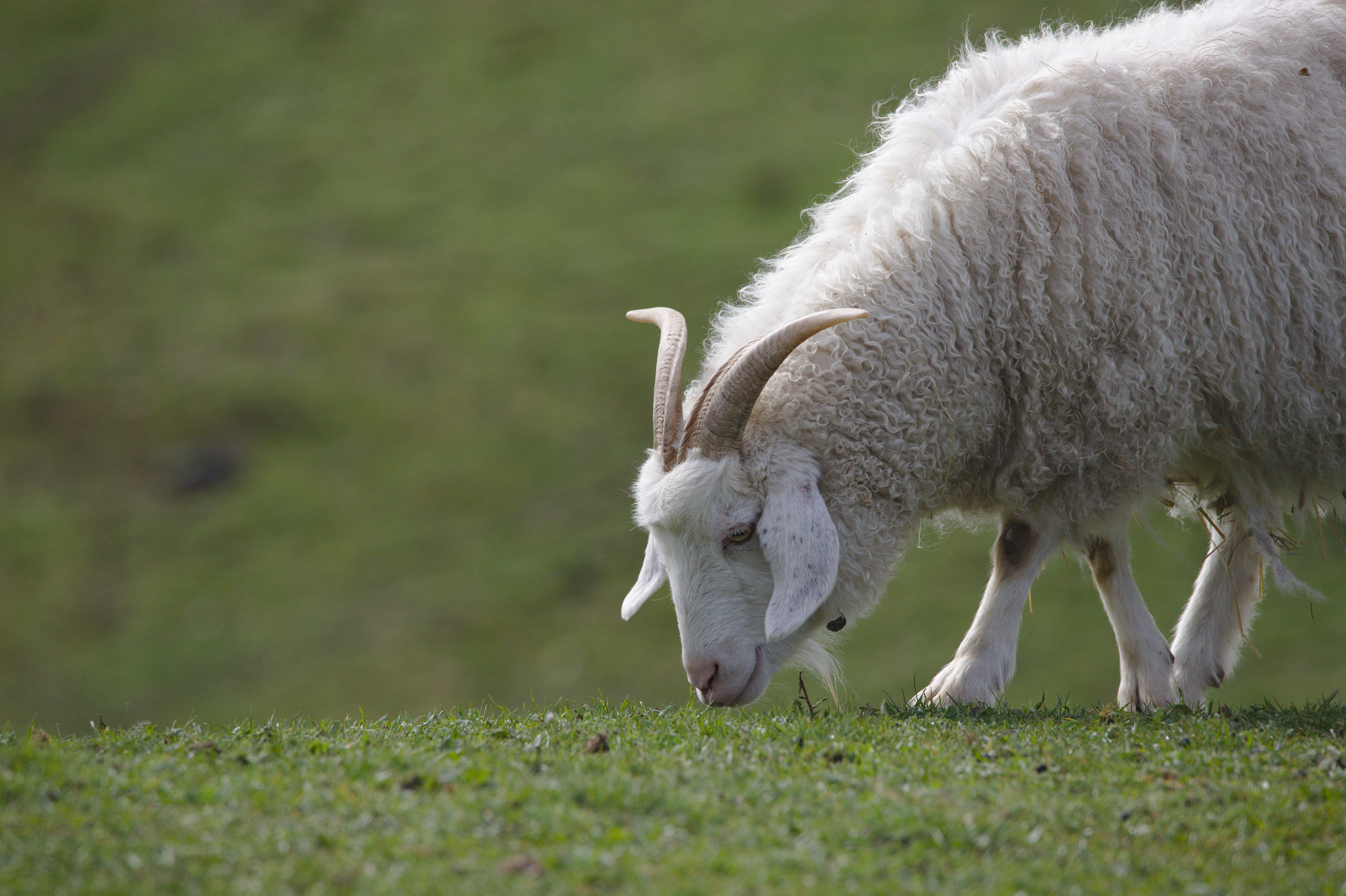About
Cashmere
Welcome to the "Cashmere" page of Jaren Savage, where we delve into the world of one of the most exquisite and coveted fabrics in luxury fashion. Cashmere, renowned for its unmatched softness and warmth, has long been a symbol of opulence and refinement. On this page, we explore the history of the cashmere goat, the fabric’s journey from its origins to its use in suiting, and the factors that contribute to its rarity and cost. Join us as we uncover the rich heritage and enduring allure of cashmere, and discover why it remains a cornerstone of luxury.
The History of Cashmere
The Origins of the Cashmere Goat
The story of cashmere begins with the cashmere goat, a breed indigenous to the high-altitude regions of the Himalayas, particularly in Kashmir, northern India, Pakistan, and parts of Mongolia and China. These goats are well-adapted to the harsh climate of the region, where temperatures can plunge to below freezing. To survive the cold, cashmere goats have developed a thick, insulating undercoat made of fine, soft fibers.
The history of cashmere weaving can be traced back to ancient civilizations. Evidence suggests that cashmere fabric was being produced as early as the 16th century. The name "cashmere" itself is derived from the region of Kashmir, where the fabric was first popularized. The introduction of cashmere to Europe in the 19th century sparked a fascination with this luxurious material, which quickly became associated with high society and aristocracy.
The Fabric of Elegance
Cashmere is derived from the soft undercoat of the cashmere goat, which is combed or sheared during the spring molting season. Each goat produces a limited amount of cashmere each year—typically between 150 to 200 grams—making it a rare and precious resource. The fibers are then cleaned, sorted, and spun into yarn before being woven into fabric.
Cashmere fibers are known for their exceptional softness, lightweight nature, and superior insulating properties. Unlike regular wool, cashmere fibers are finer and softer, giving the fabric its distinctive feel. The unique structure of cashmere fibers allows them to trap air and provide warmth without adding bulk, making cashmere garments both comfortable and elegant.
The Use of Cashmere in Suiting
Historical Significance
Throughout history, cashmere has been associated with luxury and refinement. In the 19th century, cashmere shawls became highly coveted among European aristocracy, and the fabric soon gained a reputation for its exclusivity and sophistication. As fashion evolved, cashmere's use extended beyond shawls to include sweaters, coats, and eventually, suits.
In the realm of suiting, cashmere has become a symbol of the highest level of craftsmanship and quality. Cashmere suits are prized for their exceptional softness and drape, providing a luxurious wearing experience that is unparalleled. The fabric’s ability to retain its shape and resist creasing makes it an ideal choice for elegant, tailored suits.
Modern Applications
In contemporary fashion, cashmere continues to be a sought-after material for high-end suiting. At Jaren Savage, we incorporate cashmere into our collections to offer our clients garments that embody both modern sophistication and timeless elegance. Our cashmere suits are designed to meet the highest standards of quality and craftsmanship, ensuring that each piece is a statement of luxury.
We use premium cashmere sourced from the finest producers to create suits that are not only visually stunning but also incredibly comfortable. Our skilled artisans employ traditional tailoring techniques to craft suits that highlight the unique qualities of cashmere, including its softness, warmth, and lightweight nature.
The Rarity and Cost of Cashmere
Factors Contributing to Rarity
The rarity of cashmere is a significant factor in its cost. Several factors contribute to the limited availability of cashmere:
- Limited Production: Each cashmere goat produces only a small amount of cashmere fiber each year. The process of collecting and processing these fibers is labor-intensive, contributing to the overall rarity of the material.
- Geographic Constraints: Cashmere goats are primarily found in specific regions of the Himalayas. The harsh climate and remote locations make cashmere production a challenging and specialized endeavor.
- Quality Variations: Not all cashmere fibers are created equal. The finest cashmere, often referred to as "Grade A" or "Grade 6A," is characterized by its exceptional softness and length. The highest-quality fibers are rare and command a premium price.
- Processing Complexity: The process of cleaning, sorting, and spinning cashmere fibers is intricate and requires specialized expertise. The care taken during these stages ensures that the final fabric meets the highest standards of quality.
The Cost of Cashmere
Due to its rarity and the labor-intensive processes involved in its production, cashmere is one of the most expensive fabrics available. The cost of cashmere garments reflects the quality of the material and the craftsmanship involved in creating each piece.
At Jaren Savage, we are committed to offering our clients the finest cashmere suits, crafted with the utmost attention to detail. Our prices reflect the exceptional quality of the materials and the expertise of our artisans. While cashmere suits may command a higher price, they offer unparalleled luxury and a lasting investment in elegance.
Historical References and Significance
Cashmere in Historical Context
Throughout history, cashmere has been associated with luxury and status. In ancient Persia, cashmere shawls were considered symbols of wealth and were often given as gifts to royalty and nobility. The popularity of cashmere continued to rise in Europe, where it became a staple of high society fashion.
In the 19th century, cashmere shawls became highly fashionable among European aristocrats. Figures such as Queen Victoria and Empress Eugénie of France were known for their fondness for cashmere, further cementing its reputation as a symbol of luxury.
Cashmere in Modern Fashion
In modern fashion, cashmere continues to be a sought-after material for its elegance and comfort. Designers and fashion houses around the world use cashmere to create garments that combine timeless sophistication with contemporary style.
At Jaren Savage, we honor the rich heritage of cashmere by incorporating it into our collections. Our commitment to quality and craftsmanship ensures that each cashmere suit is a testament to the fabric's enduring allure and significance.
Ethical Sourcing
Sustainability is a key consideration in cashmere production. At Jaren Savage, we prioritize ethical sourcing practices to ensure that our cashmere is produced in an environmentally and socially responsible manner. We work with suppliers who adhere to sustainable practices and ensure that the cashmere goats are treated humanely.
Eco-Friendly Practices
Our commitment to sustainability extends to our production processes. We employ eco-friendly techniques and minimize waste to reduce our environmental impact. By using environmentally responsible dyes and recycling materials, we contribute to a more sustainable fashion industry.
Supporting Conservation Efforts
We support initiatives aimed at preserving the natural habitats of cashmere goats and promoting sustainable grazing practices. By partnering with organizations dedicated to wildlife conservation and environmental protection, we help ensure that the production of cashmere remains sustainable for future generations.
Cashmere is more than just a fabric; it is a symbol of luxury, elegance, and refinement. Its rich history, exceptional qualities, and enduring allure make it a cherished material in the world of high fashion. At Jaren Savage, we are proud to offer our clients cashmere suits that embody the pinnacle of sophistication and craftsmanship.
Explore our collection and experience the unparalleled luxury of cashmere for yourself. For more information about our cashmere suits or to schedule a personalized consultation, please visit our Jaren Savage Collections or contact our customer service team.
Sources
- "The History of Cashmere: From Ancient Persia to Modern Fashion," Textile History Journal, vol. 28, no. 3, 2021.
- Smith, A. "Cashmere: The Fabric of Royalty and Modern Elegance," Fashion Heritage Review, 2022.
- "Sustainability in Cashmere Production: Challenges and Solutions," Environmental Fashion Insights, 2023.
- "Ethical Sourcing and Conservation in the Cashmere Industry," Wildlife and Fashion Review, 2022.
4o mini

